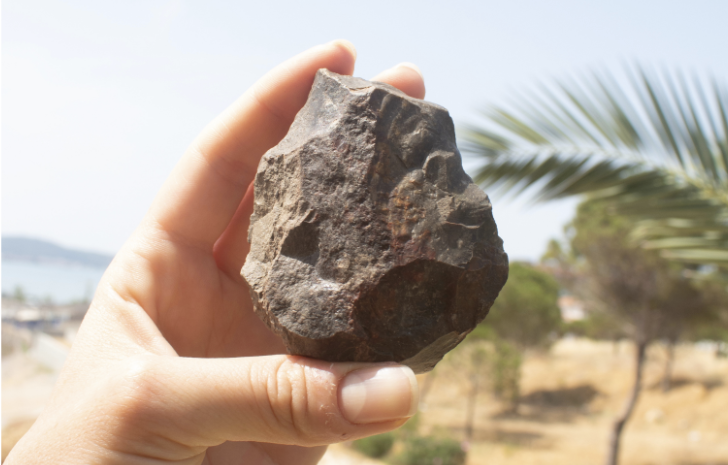Welcome back to the Abstract! Here are the studies this week that walked the walk, squeezed with ease, and became immortalized in amber.
First, ancient artifacts in Turkey might rewrite the history of early human migrations into Europe. Then: a Cretaceous insectarium, badminton in space, a breakthrough in quantum sensing, and block parties for chimps.
Before we get to that, though, I wanted to share that my book First Contact: The Story of Our Obsession with Aliens is available for preorder and will be out on September 30! It’s a one-stop primer for the diverse meanings of aliens to people, touching on their precursors in myths, their massive footprint in pop culture, our fascination with UFOs, and the real scientific effort to find extraterrestrial life, which is now entering its most exciting phase. If you like the Abstract, I think you’ll enjoy my book, too! To follow updates about First Contact (or my work in general), I also just launched the BeX Files, a personal newsletter to accompany the book.

